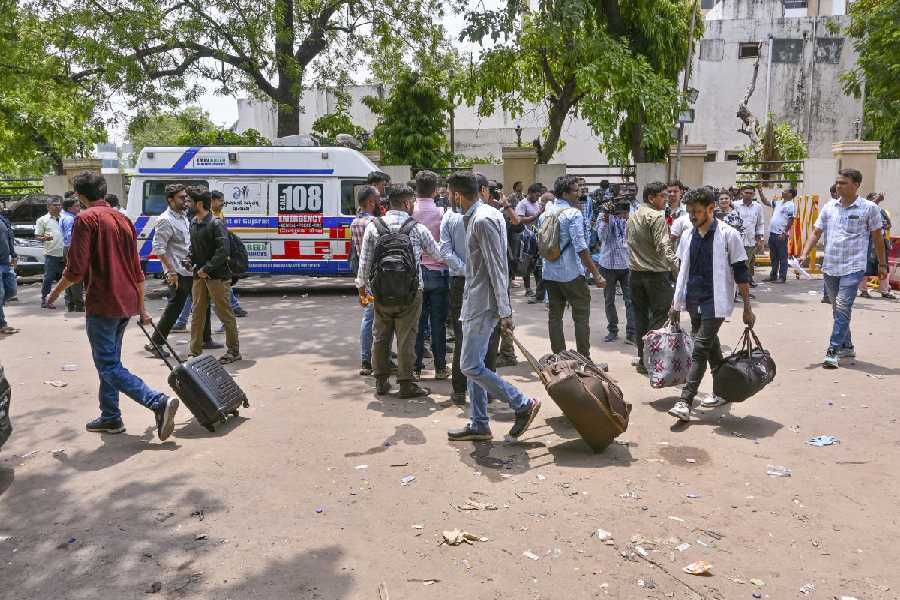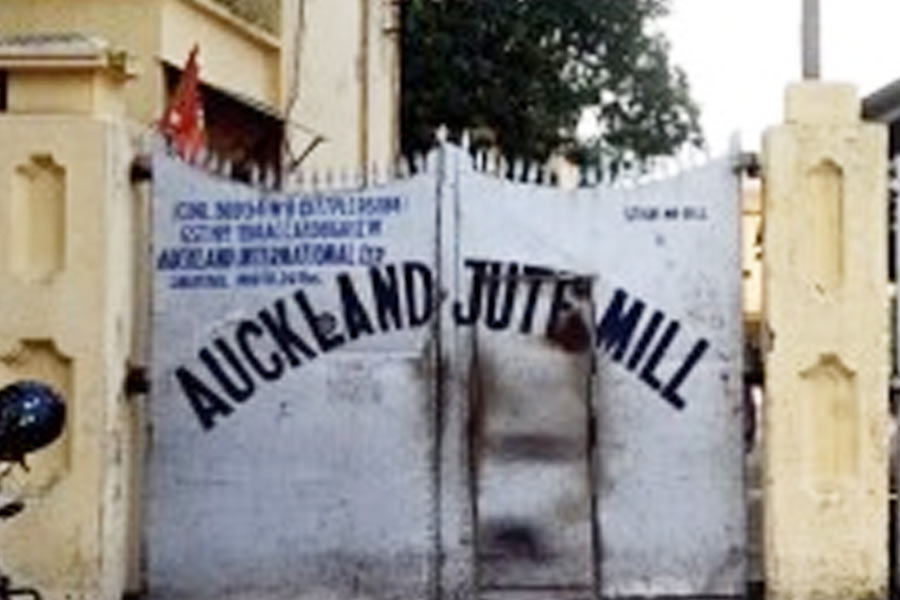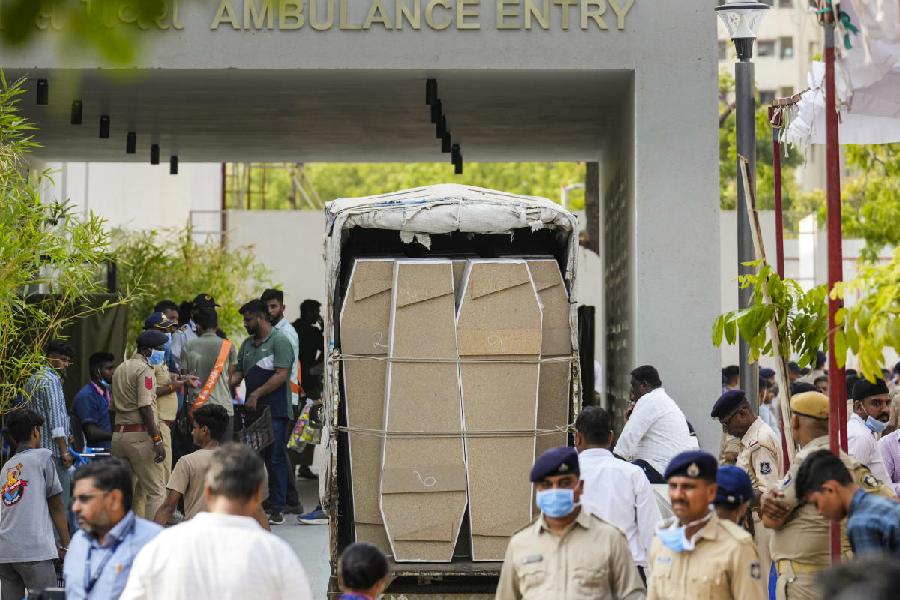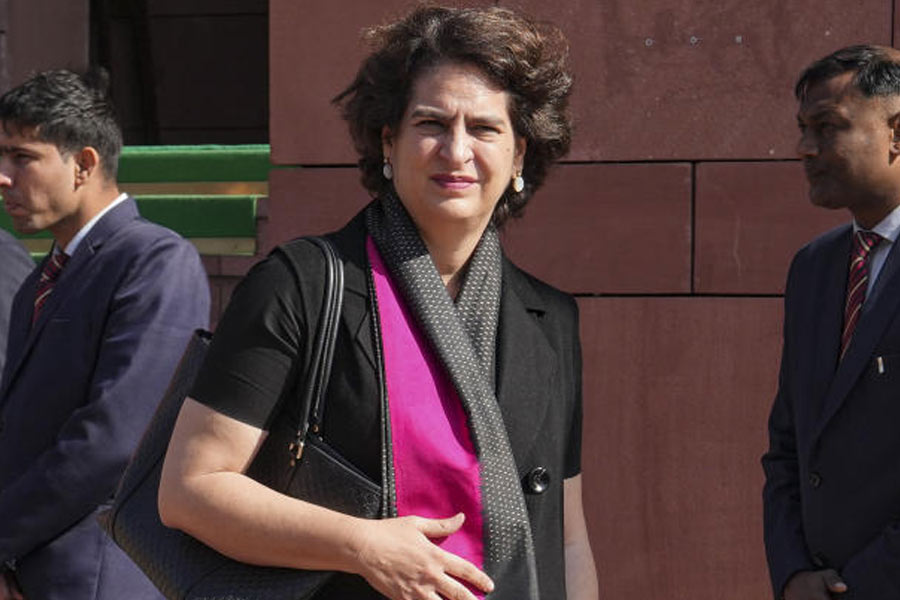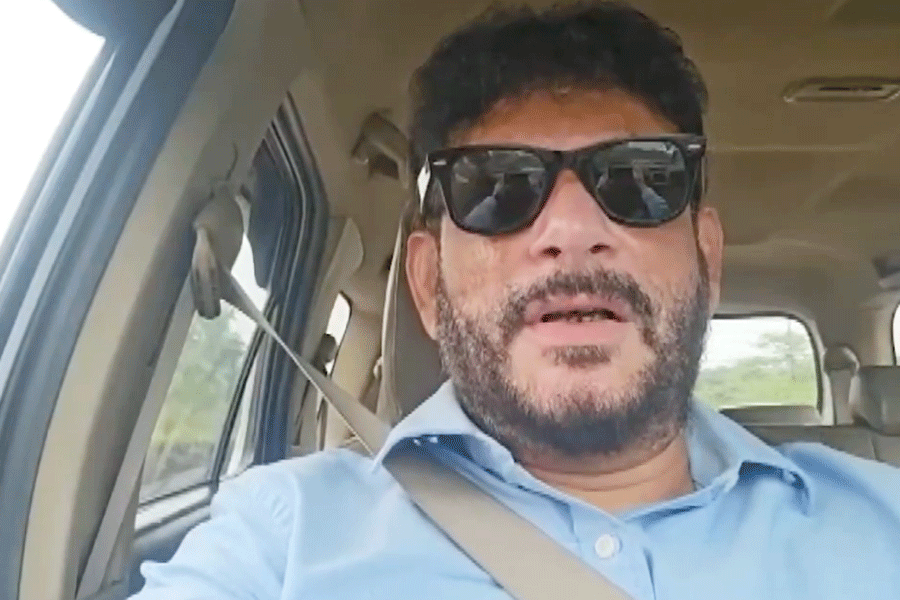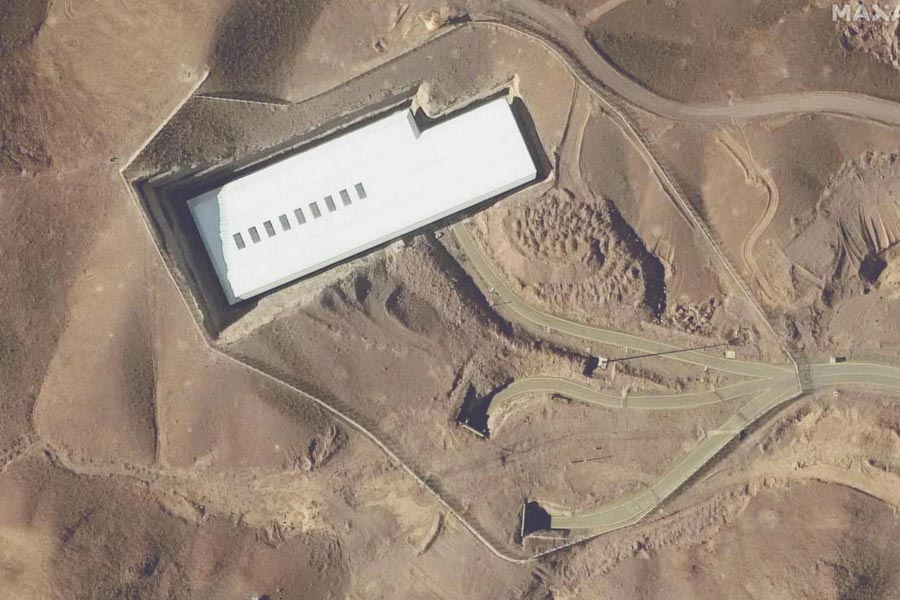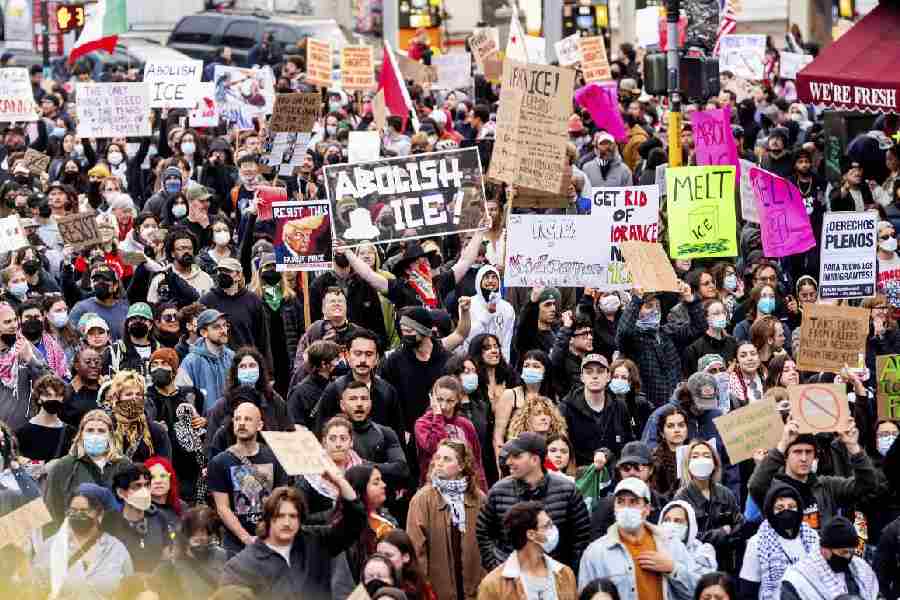
Calcutta, April 5: Plastic processors in Bengal have heaved a sigh of relief after Haldia Petrochemicals Ltd (HPL) came back to production at full throttle, sparing them from buying raw material at a high cost.
The company has managed to meet the demand of all the downstream units that were reeling under pressure after HPL's shutdown in July last year.
The plastic industry in eastern India has around 50,000 workers employed in around 2,500 units, located mostly in Bengal because of their proximity to HPL.
HPL's closure had not only created a shortfall of polymer products - different grades of polypropylene and polyethylene - but also forced many units to cut production, rendering hundreds jobless.
HPL, a joint venture between state entity West Bengal Industrial Development Corporation and The Chatterjee Group, sold around 25,000 tonnes of polymer in the eastern region, including around 18,000 tonnes in Bengal.
"HPL has come back to production at an opportune time. There is a general scarcity in the polymer market. But Bengal units are not suffering, thanks to Haldia," Ashok Jajodia, secretary of the Indian Plastics Federation, said.
After staying depressed for months, polymer prices bounced back in March with the rise in global crude oil prices. "As the prices were going down, processors were keeping minimum stock anticipating further decline. Suddenly, the prices started going up and everyone now wants to stock up fearing further increase. This has created a shortage in the market," Jajodia said.
Petrochemical players could not have asked for more. "The spread between naphtha (basic raw material) and polymer (end product) is robust. Petrochemical players will make money," an oil industry official said.
Average polymer prices dipped from a high of Rs 130 per kilogram to Rs 90 per kilogram in line with the decline in the price of crude. Polymer prices have now inched up to Rs 110 a tonne after crude bounced back a bit. However, low crude and polymer prices had forced many small petrochemical producers across the globe to either shut down or reduce production. As a result, demand had outstripped supply and supported higher polymer prices.
"I expect this unusual situation to continue for a few months, but generally petrochemical upcycle may continue for some years," an executive with a petrochemical company said.
In a sweet spot
The market condition could not have been more favourable for cash-strapped HPL.
A strong demand means the company will sell all that it produces, generating cash profit, seeking no further working capital. HPL has so far sold around 70,000 tonnes of polymer across India and capacity utilisation is almost 100 per cent.
The TCG-led management has also prevented attrition, which reached an alarming level when the plant shut down last year.


